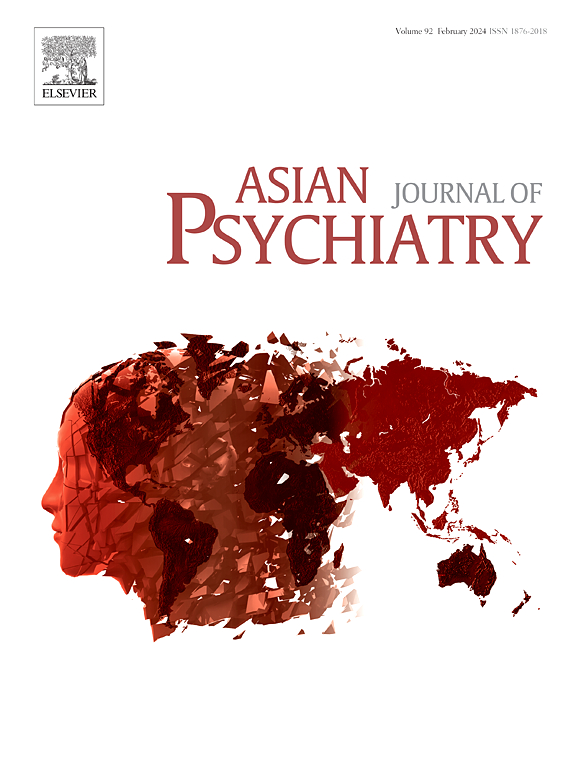Neuroscience in Pictures: 4. Depression
IF 3.8
4区 医学
Q1 PSYCHIATRY
引用次数: 0
Abstract
Major depressive disorder represents a complex heterogeneous syndrome with significant public health impact. This pictorial review explores the multifaceted pathophysiology of depression through the case of an individual suffering from depression. Genetic vulnerability and environmental etiological factors, including early life adversity, and their interactions create a biological diathesis through alterations in stress response systems and neural circuitry. We review current evidence for several interconnected pathophysiological mechanisms underlying depression, including monoamine neurotransmission, hypothalamic-pituitary-adrenal axis dysfunction, chronic inflammation, and reduced neuroplasticity. Using the Research Domain Criteria framework, we connect these mechanisms across multiple levels of analysis—from genes, circuits to behavior. Neuroimaging findings highlight disruptions in key networks including the default mode, salience, and executive control circuits. The effectiveness of pharmacological, psychotherapeutic and other non-pharmacological interventions in depression underscores the importance of targeting multiple biological systems. This review emphasizes depression’s complex etiology involving dynamic interactions between genetic predisposition, environmental stressors, and neurobiological alterations, suggesting the need for personalized, multimodal therapeutic approaches.
图片中的神经科学:4。抑郁症
重度抑郁症是一种复杂的异质性综合征,对公共卫生有重大影响。这个图片回顾探讨了多方面的病理生理抑郁症的情况下,通过个人患有抑郁症。遗传易感性和环境病因因素,包括早期生活逆境,以及它们之间的相互作用,通过改变应激反应系统和神经回路,形成一种生物素质。我们回顾了目前关于抑郁症的几个相互关联的病理生理机制的证据,包括单胺神经传递、下丘脑-垂体-肾上腺轴功能障碍、慢性炎症和神经可塑性降低。使用研究领域标准框架,我们将这些机制跨多个分析层次连接起来——从基因、电路到行为。神经影像学发现强调了包括默认模式、显著性和执行控制回路在内的关键网络的中断。药物、心理治疗和其他非药物干预对抑郁症的有效性强调了针对多种生物系统的重要性。这篇综述强调抑郁症的复杂病因涉及遗传易感性、环境压力源和神经生物学改变之间的动态相互作用,表明需要个性化、多模式的治疗方法。
本文章由计算机程序翻译,如有差异,请以英文原文为准。
求助全文
约1分钟内获得全文
求助全文
来源期刊

Asian journal of psychiatry
Medicine-Psychiatry and Mental Health
CiteScore
12.70
自引率
5.30%
发文量
297
审稿时长
35 days
期刊介绍:
The Asian Journal of Psychiatry serves as a comprehensive resource for psychiatrists, mental health clinicians, neurologists, physicians, mental health students, and policymakers. Its goal is to facilitate the exchange of research findings and clinical practices between Asia and the global community. The journal focuses on psychiatric research relevant to Asia, covering preclinical, clinical, service system, and policy development topics. It also highlights the socio-cultural diversity of the region in relation to mental health.
 求助内容:
求助内容: 应助结果提醒方式:
应助结果提醒方式:


